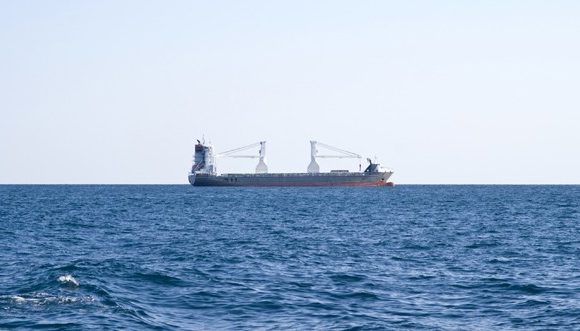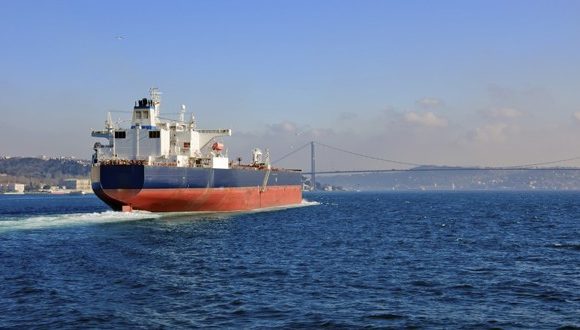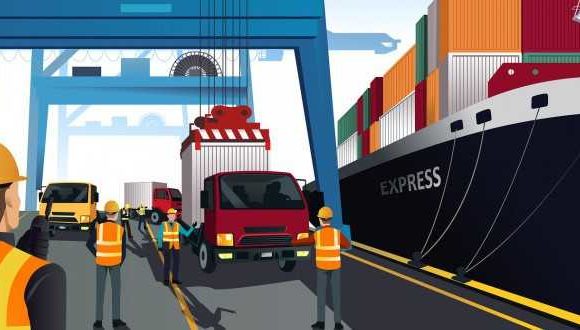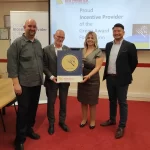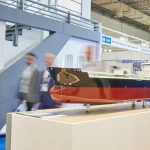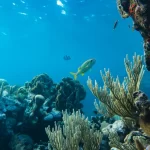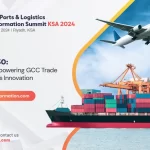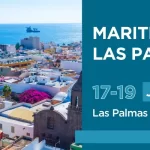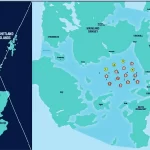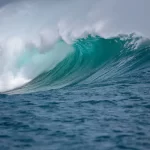Ambitious Plan To Reduce Pollution & Restore The Baltic
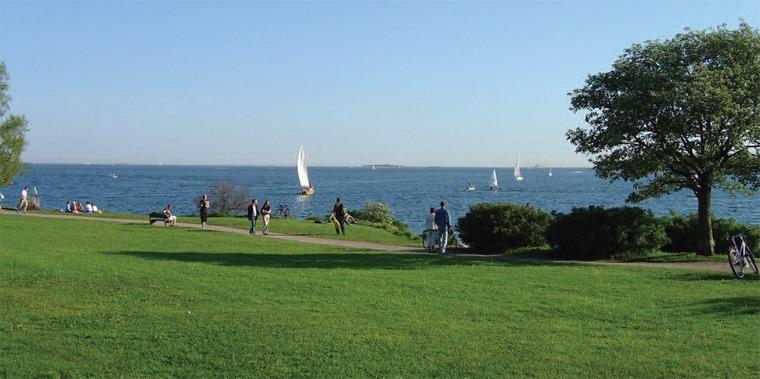
The Ministers of the Environment and Senior Government Officials of the Member States of HELCOM, an international organization for the protection of the Baltic marine environment, adopted an ambitious overarching action plan to drastically reduce pollution to the Baltic Sea and restore its good ecological status by 2021.
This cross-sectoral plan which HELCOM has been drafting is designed to solve all major environmental problems affecting the Baltic Sea. It sets an ambitious target of achieving a good ecological status of the Baltic Sea – a sea with diverse biological components functioning in balance and supporting a wide range of sustainable human economic and social activities. The plan contains concrete and meaningful actions to curb eutrophication, prevent pollution involving hazardous substances, improve maritime safety and accident response capacity, and halt habitat destruction and the decline in biodiversity.
“The adoption of the Baltic Sea Action Plan represents a milestone in our joint efforts to restore the Baltic marine environment,” says Prof. Mieczyslaw Ostojski, HELCOM’s Chairman. “The plan is the first attempt by a regional marine protection convention to implement the ecosystem approach defined by the 1992 Rio Declaration and the 2002 World Summit on Sustainable Development in Johannesburg. It will lead to profound, innovative changes in the ways the coastal countries manage the environment in the Baltic Sea region.”
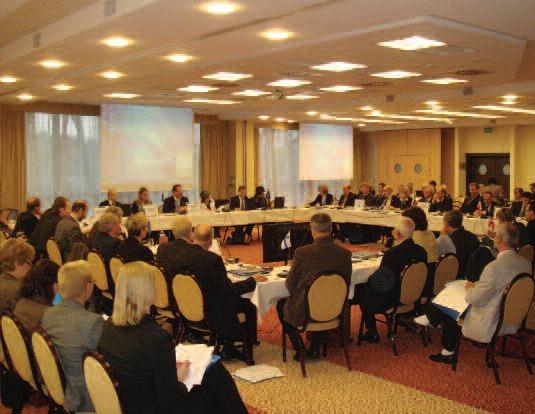
“The environmental state of the Baltic Sea is rapidly deteriorating and requires urgent and comprehensive actions in order to prevent an irreversible environmental catastrophe,” says HELCOM’s Chairman. “Failure to react now would undermine both the prospects for the future recovery of the sea and its capability to react to the projected stress by the climate change. Furthermore, inaction will affect vital resources for the future economic prosperity of the whole region and would cost tenfold more than the cost of action.”
Clearly realizing this, the Baltic Sea countries came together in a spirit of unprecedented co-operation to devise a recovery strategy that lists joint goals for Baltic’s future and sets forth a commitment to achieve these goals through specific actions that the coastal countries will jointly undertake.
Of the many environmental challenges, the most serious, and proving difficult to tackle with conventional approaches, is the continuing eutrophication of the Baltic Sea, caused by excessive nutrient pollution loads of nitrogen and phosphorus to the sea originating from agriculture and untreated sewage. This leads to problems like increased algae blooms, murky waters, oxygen depletion and lifeless sea bottoms. Compared to pristine conditions in the 19th century, nitrogen input to the Baltic Sea has increased ninefold, resulting in extensive summer algal blooms, as can be seen almost everywhere in the main basin of the Baltic Sea.
“The results that we get from modeling are encouraging and show that it is really possible to restore the Baltic Sea and achieve good ecological status,” says Anne Christine Brusendorff, HELCOM’s Executive Secretary. “We will not perhaps reach the pristine conditions but quite a pleasant situation as a result of more effective treatment of municipal wastewaters, use of phosphorus-free detergents and best practices in agriculture. But we can also see that if we continue business as usual the future is not looking good for the Baltic Sea. The algae blooms will be twice as intensive as today.”
HELCOM has estimated that for good environmental status to be achieved, the maximum allowable annual nutrient pollution inputs into the Baltic Sea would be 21,000 tonnes of phosphorus and about 600,000 tonnes of nitrogen. Over the last years, average annual inputs amounted to 36,000 tonnes of phosphorus and 737,000 tonnes of nitrogen, therefore, annual reductions of some 15,000 tonnes of phosphorus and 135,000 tonnes of nitrogen would be required to reach to achieve the plan’s crucial “clear water” objective.
To achieve this, the action plan duly proposes provisional country-wise annual nutrient input reduction targets for both nitrogen and phosphorus.
| Phosphorus (tonnes) | Nitrogen (tonnes) | |
| Denmark | 16 | 17,210 |
| Estonia | 220 | 900 |
| Finland | 150 | 1,200 |
| Germany | 240 | 5,620 |
| Latvia | 300 | 2,560 |
| Lithuania | 880 | 11,750 |
| Poland | 8,760 | 62,400 |
| Russia | 2,500 | 6,970 |
| Sweden | 290 | 20,780 |
| Transboundary Common pool* | 1,660 | 3,780 |
* Non-HELCOM countries
Most of the reductions are required in such sub-basins as the Baltic Proper, the Gulf of Finland, the Danish Straits, and the Kattegat.
The concept of the HELCOM Baltic Sea Action Plan has already been widely supported by politicians at various forums, and heralded as a pilot project for European seas in the context of the proposed EU Marine Strategy Directive. The European Community has described HELCOM’s plan as a cornerstone for further action in the Baltic Sea region, emphasising that the plan is instrumental to the successful implementation of the EU Marine Strategy Directive in the region.
The EU Marine Strategy Directive foresees such an action plan for each eco-region, including the Baltic. HELCOM is in a unique position to deliver this already, given its embracing of all the countries in the Baltic Sea catchment area. HELCOM is also in a unique position to ensure that the special characteristics of the Baltic Sea are fully accounted for in European policies.
As a pioneer in the application of the ecosystem approach, the innovative HELCOM action plan will also serve as a model example to be followed by the Regional Seas Conventions and Action Plans under the auspices of the UNElP Regional Seas Programme.

